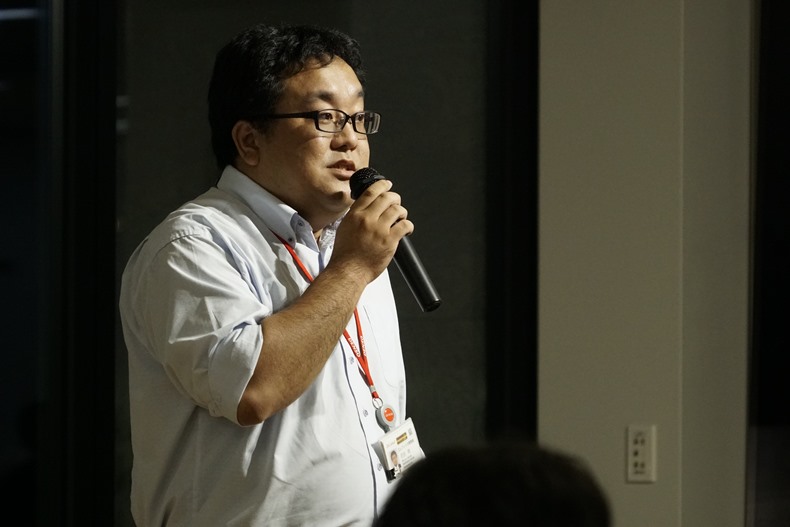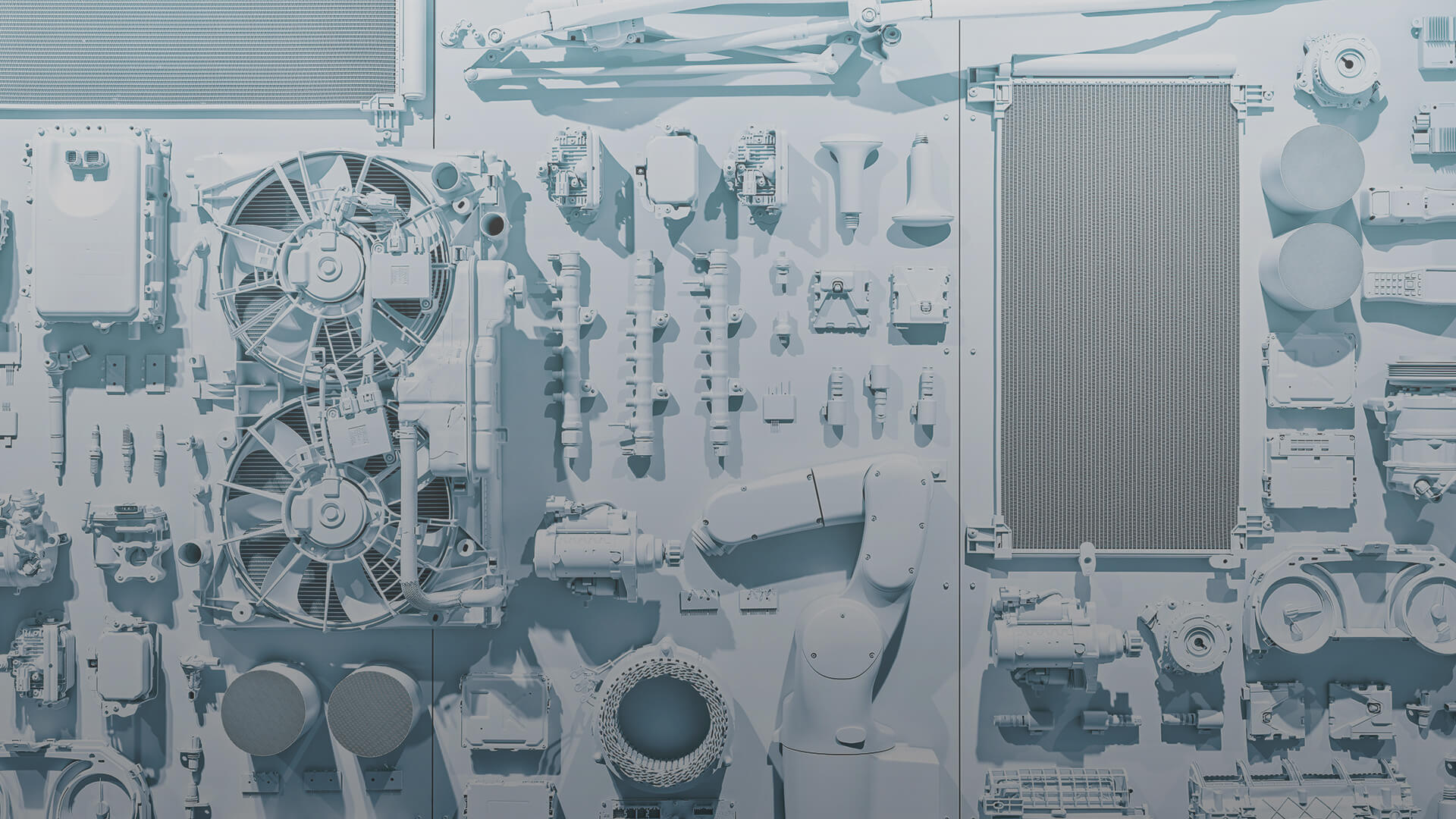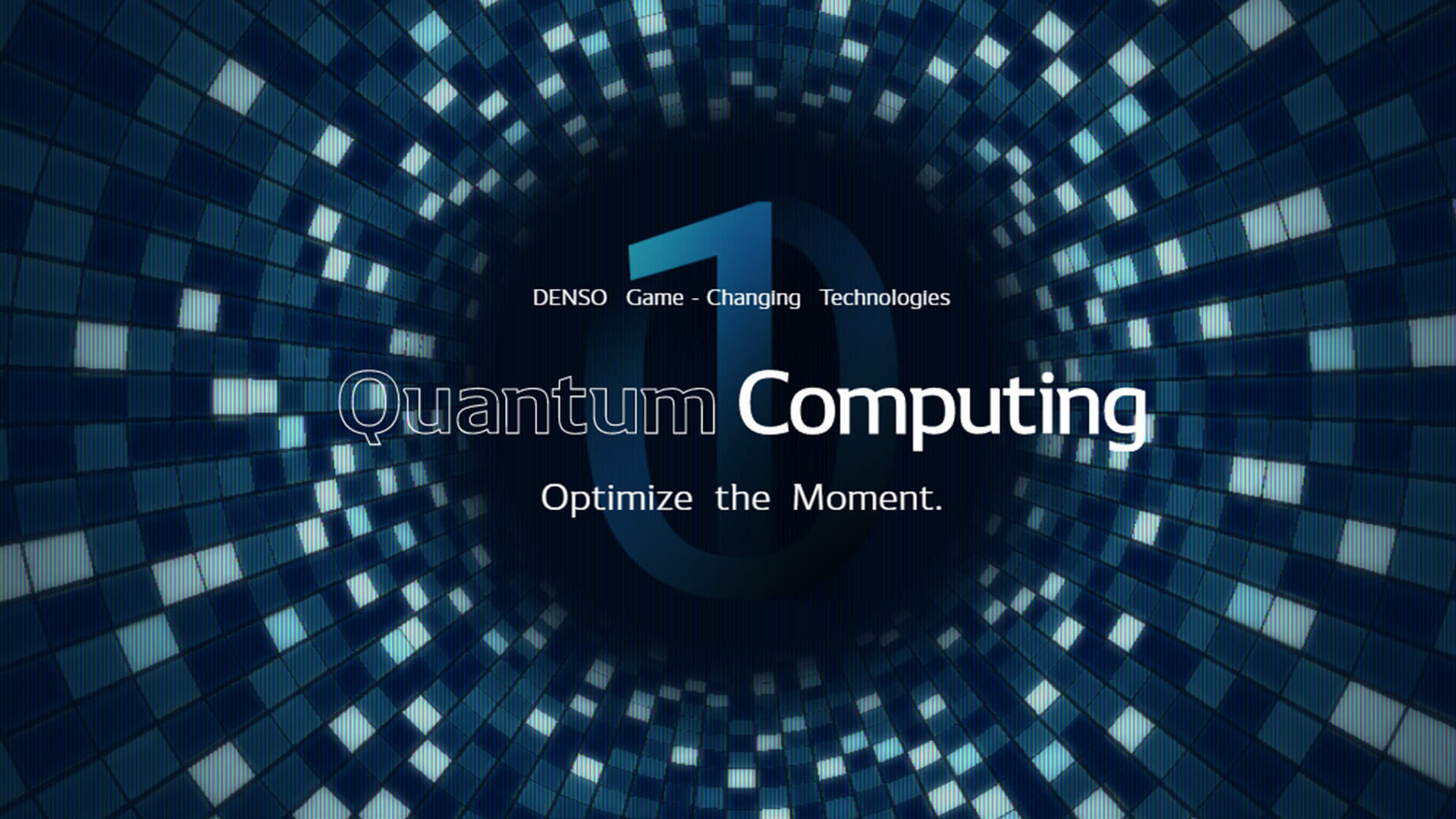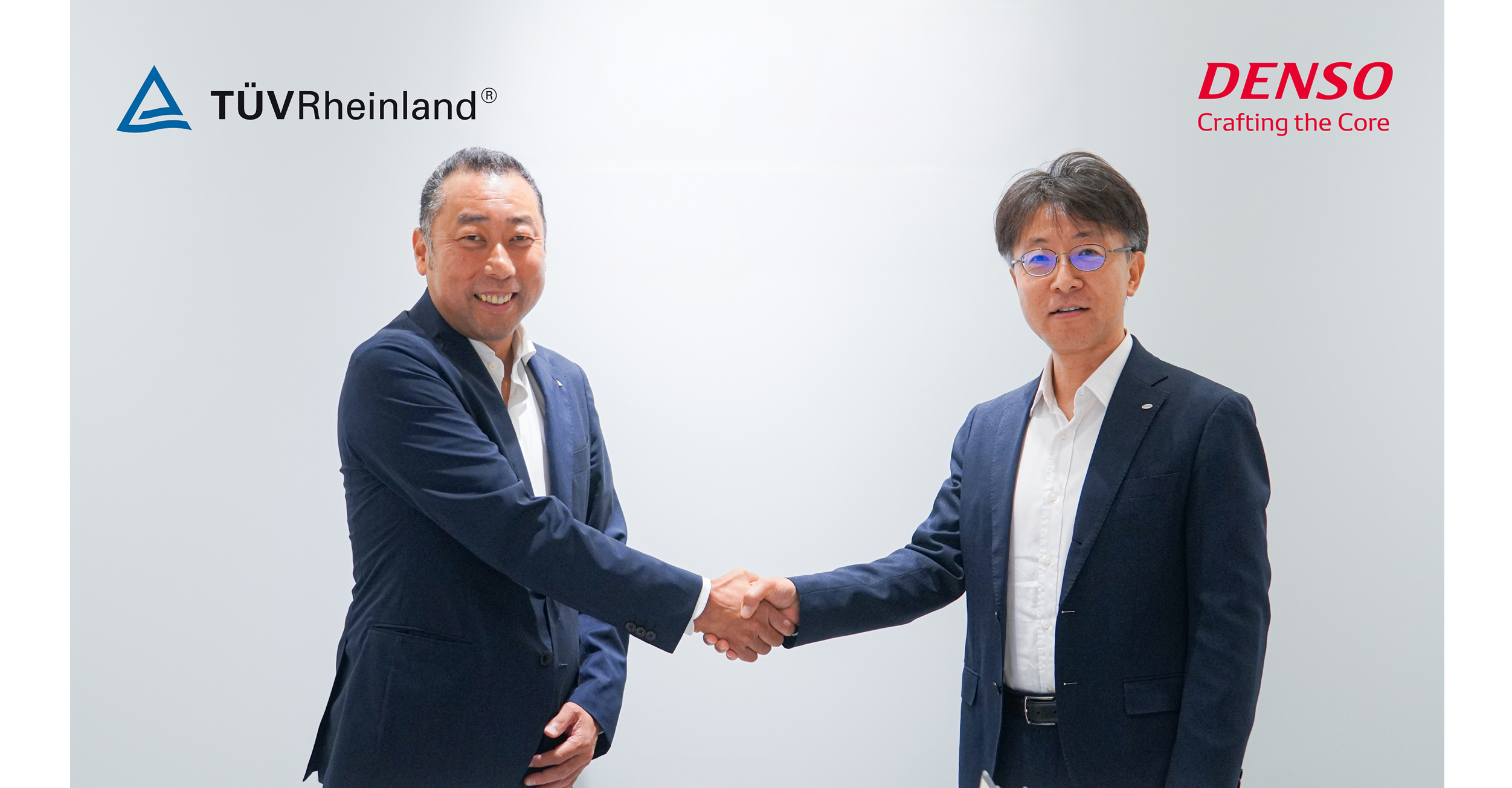
DENSO’s Possibilities in the Age of Car Electrification Present and Future Possibilities of Electric-drive Vehicles

Why vehicle electrification?
Ishida: Good evening everyone. My name is Minoru Ishida from DENSO, from the Electrification Systems Development Div. Since joining the company in 2010, I have been widely involved in the design, planning, and development of vehicle electrification systems.
Today, I would like to talk about how DENSO’s vehicle electrification systems contribute both to the environment and driving pleasure.
Let me start with the fundamental question of why vehicle electrification is required. I believe that there are four reasons as shown here.
First, the number of vehicles on the road and CO2 emissions are increasing. Second, stricter controls are being placed on those CO2 emissions, with Europe taking the lead. Third, the energy sources used to power electric-drive vehicles are diversifying. And the fourth reason is the dynamic performance unique to electric-drive vehicles, including responsive acceleration. Let’s take a closer look at each of these reasons.
Global trends in electric-drive vehicles
As just mentioned, the number of vehicles sold is increasing. This graph shows the world’s demand for vehicles by type.
Currently, about 100 million passenger vehicles are sold each year across the globe, and the number is expected to grow. Electric-drive vehicles will account for a greater share of these, which will benefit the world. As noted, regulations on vehicle CO2 emissions are becoming more stringent, starting with Europe. This graph shows how it is progressing worldwide.
The vertical axis represents years. The lower the value on the vertical axis, the less CO2 vehicles emit, which indicates the world is getting cleaner.
As this graph shows, global controls on vehicle CO2 emissions are becoming tighter year by year, and Europe leads the world in setting vehicle CO2 standards.
How do different types of vehicles respond to these increasingly strict carbon regulations?
So far, gasoline and diesel vehicles have dominated. They use internal combustion engines, and are thus collectively called ICE vehicles. Comparing ICE vehicles and electric-drive vehicles in terms of their total CO2 emissions while traveling and during the fuel production process, the latter produce much less CO2 while traveling. Therefore, the widespread use of electric-drive vehicles is required to help reduce the amount of CO2 produced by the global automotive market.
We often talk about hybrid electric vehicles, plug-in hybrid electric vehicles, electric vehicles, and fuel cell vehicles such as hydrogen vehicles. They are all categorized as electric-drive vehicles and demand for them is growing.
Electric-drive vehicles and DENSO’s competitive advantages in their systems
I will show you how DENSO is addressing the increasing demand for electric-drive vehicles.
There are already various types of electric-drive vehicles and systems available, including so-called mild hybrid electric vehicles, which are paired with an integrated starter-generator known as ISG, strong hybrid electric vehicles such as the Toyota Prius, and plug-in hybrid electric vehicles, battery electric vehicles, and fuel-cell vehicles.
DENSO’s mission is to steadily develop the systems and products required for these vehicles.
Let’s look at what makes electric vehicles, hybrid electric vehicles, and plug-in hybrid electric vehicles different, even though they fall into the same category of electric-drive vehicles.
The basic electric-drive vehicle system consists of three main components: a battery, an inverter that transforms the battery’s electrical energy into driving force for the vehicle, and a motor.
Therefore, to create better electric-drive vehicle systems, we must keep improving our products, which are the main parts of these systems, and their control in order to optimize their performance.
The electric-drive vehicle market has so far been expanding with the growing popularity of hybrid electric vehicles and plug-in hybrid electric vehicles, and DENSO has kept up with this trend.
As you know, hybrid electric vehicles and plug-in hybrid electric vehicles, including the Toyota Prius, are becoming widely used.
To meet more stringent regulations on vehicle CO2 emissions in the future, not only hybrid electric vehicles and plug-in hybrid electric vehicles, but also all-electric models, such as battery electric vehicles, will be required. Therefore, more powerful electric-drive systems will be necessary.
As an automotive system manufacturer, DENSO needs to plan and develop not only high-power inverters, motors, and batteries, but also control and management technologies to enable these products to help maximize the performance of electric-drive vehicles.
DENSO’s strategy in developing electric-drive vehicle systems is to optimize the vehicle’s three main capabilities: accelerating, turning, and braking, and its total energy management.
DENSO is good at developing vehicle systems from the perspective of the entire vehicle. We should enhance this strength to improve our core technologies, including motor generators and inverters, to make them all work together to help maximize the performance of vehicles. This is how we can contribute to society and this is the way we choose to develop our vehicle systems.
Moreover, we are applying our core technologies to some of our cooling and safety systems to make all vehicles more appealing, not just electric-drive vehicles.
The past, present, and future of DENSO
In the future, DENSO believes vehicles will be driven by in-wheel electric motors.
DENSO has traditionally developed technologies for vehicle electric products including alternators. In the past, it even developed an all-electric vehicle called “DENSO-Go.”
We have cultivated various types of technology, ranging from those used in hybrid electric vehicles to motors designed for auxiliaries. While continuing to improve our traditional technologies, we aim to develop new technologies, envisioning the ultimate future of electric-drive vehicles.
For instance, we are working on a technology to minimize battery size by enabling electric-drive vehicles to be charged while traveling.
If we could create the ideal motor and inverter, we would be able to make the cabin of in-wheel-motor electric vehicles large enough for occupants.
Before closing, I would like to mention that DENSO is developing drones, too. We are thus contributing not only in the field of automobiles, but also in the field of aerial mobility.
I appreciate this opportunity to explain how DENSO is contributing to a better society and a sustainable global environment through technology.
Thank you for your kind attention
Speakers of DENSO Tech Links Tokyo #4
 DENSO’s Possibilities in the Age of Car Electrification
DENSO’s Possibilities in the Age of Car Electrification
MINORU ISHIDA
DENSO CORPORATION Electrification Systems Development Div.
YUKIO GOTO,
DENSO CORPORATION Electrification Component Eng.Div.1
TSUKASA KIKUCHI
DENSO CORPORATION Electric Component Eng.Div.
DENSO Tech Links Tokyo
- DENSO Tech Links #3
- What is DENSO trying to do with quantum computers?
What will “Optimize the moment” bring about? - DENSO Tech Links #2
- Creating a Silicon Valley In-house
DENSO’s Challenge to Think about the Future of Mobility and Development Organization























